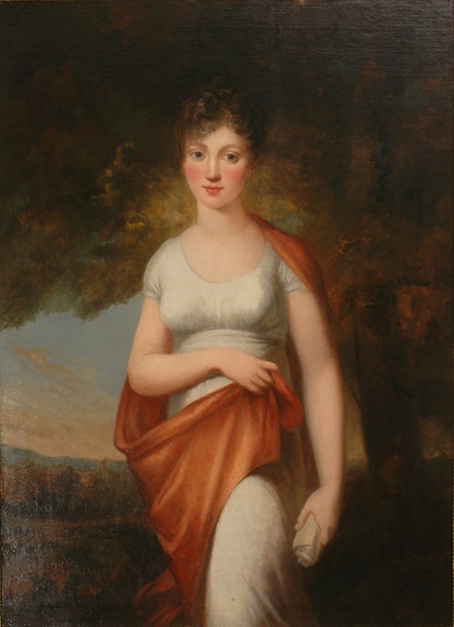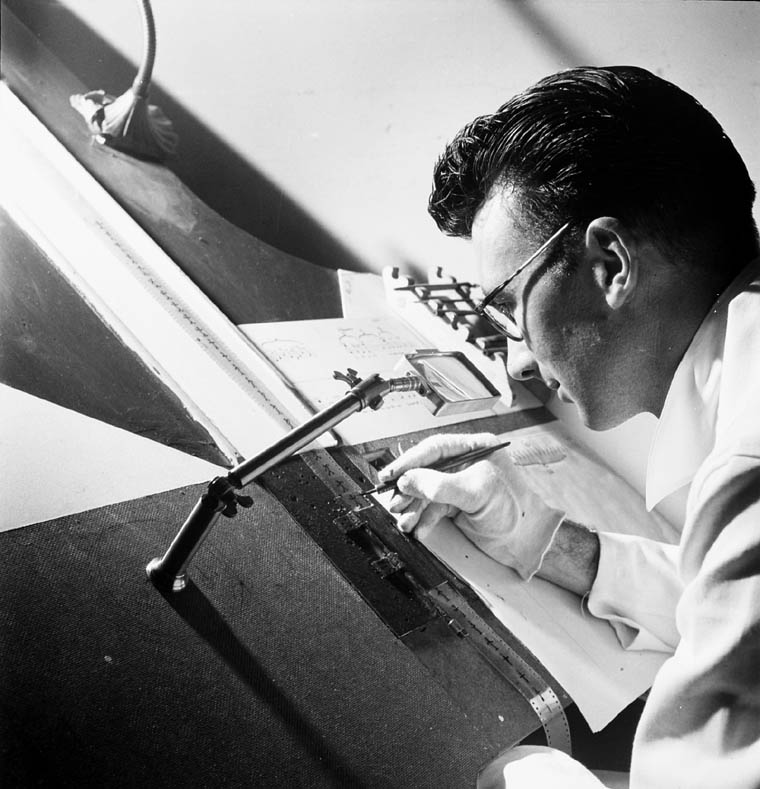|
The Ugly Duckling
"The Ugly Duckling" () is a Danish literary fairy tale by Danish poet and author Hans Christian Andersen (1805–1875). It was first published on 11 November 1843 in '' New Fairy Tales. First Volume. First Collection'', with three other tales by Andersen in Copenhagen to great critical acclaim. The tale has been adapted to various media, including opera, musical, and animated film. The tale is an original story by Andersen. Plot After a mother duck's eggs hatch, one of the ducklings is perceived by the other animals as an ugly little creature and suffers much verbal and physical abuse. He wanders from the barnyard and lives with wild ducks and geese until hunters slaughter the flocks. He finds a home with an old woman, but her cat and hen tease and taunt him mercilessly, and once again he sets off alone. The duckling sees a flock of migrating wild swans. He is delighted and excited but cannot join them because he is too young, ugly, and unable to fly. When winter arrives, ... [...More Info...] [...Related Items...] OR: [Wikipedia] [Google] [Baidu] |
WikiProject Novels
A WikiProject, or Wikiproject, is an affinity group for contributors with shared goals within the Wikimedia movement. WikiProjects are prevalent within the largest wiki, Wikipedia, and exist to varying degrees within Wikimedia project, sibling projects such as Wiktionary, Wikiquote, Wikidata, and Wikisource. They also exist in different languages, and translation of articles is a form of their collaboration. During the COVID-19 pandemic, CBS News noted the role of Wikipedia's WikiProject Medicine in maintaining the accuracy of articles related to the disease. Another WikiProject that has drawn attention is WikiProject Women Scientists, which was profiled by ''Smithsonian Magazine, Smithsonian'' for its efforts to improve coverage of women scientists which the profile noted had "helped increase the number of female scientists on Wikipedia from around 1,600 to over 5,000". On Wikipedia Some Wikipedia WikiProjects are substantial enough to engage in cooperative activities with outsi ... [...More Info...] [...Related Items...] OR: [Wikipedia] [Google] [Baidu] |
Christian VIII Of Denmark
Christian VIII (18 September 1786 – 20 January 1848) was King of Denmark from 1839 to 1848 and, as Christian Frederick, King of Norway in 1814. Christian Frederick was the eldest son of Frederick, Hereditary Prince of Denmark, Hereditary Prince Frederick, a younger son of King Frederick V of Denmark and Norway. As his cousin Frederick VI of Denmark, Frederick VI had no sons, Christian Frederick was heir presumptive to the throne from 1808. Early years Birth and family Prince Christian Frederick of Denmark and Norway was born late in the morning on 18 September 1786 at Christiansborg Palace, the principal residence of the Danish Monarchy on the island of Slotsholmen in central Copenhagen. He was officially the eldest son of Hereditary Prince Frederick of Denmark and Norway and Duchess Sophia Frederica of Mecklenburg-Schwerin. His father was a younger son of the deceased King Frederick V of Denmark-Norway and his second wife, Duchess Juliana Maria of Brunswick-Wolfenbüttel, an ... [...More Info...] [...Related Items...] OR: [Wikipedia] [Google] [Baidu] |
Animator
An animator is an artist who creates images, known as frames, which give an illusion of movement called animation when displayed in rapid sequence. Animators can work in a variety of fields including film, television, and video games. Animation is closely related to filmmaking and like filmmaking is extremely labor-intensive, which means that most significant works require the collaboration of several animators. The methods of creating the images or frames for an animation piece depend on the animators' artistic styles and their field. Other artists who contribute to animated cartoons, but who are not animators, include Page layout, layout artists (who design the backgrounds, lighting, and camera angles), storyboard artists (who draw panels of the action from the script), and background artists (who paint the "scenery"). Animated films share some film crew positions with regular live action films, such as director, producer, sound engineer, and editor, but differ radically i ... [...More Info...] [...Related Items...] OR: [Wikipedia] [Google] [Baidu] |
Soyuzmultfilm
Soyuzmultfilm ( rus, Союзмультфи́льм, p=səˌjʉsmʊlʲtˈfʲilʲm , ''Unioncartoon'') (also known as SMF Animation Studio in English, formerly known as Soyuzdetmultfilm, ''Unionchildcartoon'') is a Russian animation studio, production, and distribution company based in Moscow. Launched on June 10, 1936 as the animated film production unit of the U.S.S.R.'s motion picture monopoly, GUKF, Soyuzmultfilm has produced more than 1,500 cartoons. Soyuzmultfilm specializes in the creation of animated TV series, feature films and short films. The studio has made animated films in a wide variety of genres and art techniques, including stop motion, hand-drawn, 2D and 3D techniques. The "Golden Collection" of Soyuzmultfilm, produced from the beginning of the 1950s and to the end of the 1980s, is considered to be the classics of the animation medium and the best works of world-renowned directors, production designers and animators. Among the studio's best-known films are ' ... [...More Info...] [...Related Items...] OR: [Wikipedia] [Google] [Baidu] |
Yasuji Murata
was a pioneering animator who helped develop the art of anime in Japan. Studying the animation techniques of Sanae Yamamoto, Murata produced dozens of mostly educational films at the Yokohama Cinema studio featuring such characters as Momotarō and Norakuro. Along with Noburō Ōfuji, he was renowned as a master of cutout animation Cutout animation is a form of stop-motion animation using flat characters, props and backgrounds cut from materials such as paper, card, stiff fabric or photographs. The props would be cut out and used as puppets for stop motion. The world's ....Official booklet, ''The Roots of Japanese Anime'', DVD, Zakka Films, 2009. Among his students were such animators as Yoshitarō Kataoka. Selected filmography References External links * * 1896 births 1966 deaths Japanese film directors Japanese animators Silent film directors Articles containing video clips {{animator-stub ... [...More Info...] [...Related Items...] OR: [Wikipedia] [Google] [Baidu] |
Academy Award For Animated Short Film
The Academy Award for Best Animated Short Film is an award given by the Academy of Motion Picture Arts and Sciences (AMPAS) as part of the annual Academy Awards, or Oscars, since the 5th Academy Awards (with different names), covering the year 1931–32, to the present. From 1932 until 1970, the category was known as Short Subjects, Cartoons; and from 1971 to 1973 as Short Subjects, Animated Films. The present title began with the 46th Academy Awards, 46th Awards in 1974. During the first 5 decades of the award's existence, awards were presented to the Film producer, producers of the shorts. Current Academy rules, however, call for the award to be presented to "the individual person most directly responsible for the concept and the creative execution of the film." Moreover, "[i]n the event that more than one individual has been directly and importantly involved in creative decisions, a second statuette may be awarded." Only Lists of American films, American films were nominated ... [...More Info...] [...Related Items...] OR: [Wikipedia] [Google] [Baidu] |
Technicolor
Technicolor is a family of Color motion picture film, color motion picture processes. The first version, Process 1, was introduced in 1916, and improved versions followed over several decades. Definitive Technicolor movies using three black-and-white films running through a special camera (3-strip Technicolor or Process 4) started in the early 1930s and continued through to the mid-1950s, when the 3-strip camera was replaced by a standard camera loaded with single-strip "monopack" color negative film. Technicolor Laboratories were still able to produce Technicolor prints by creating three black-and-white matrices from the Eastmancolor negative (Process 5). Process 4 was the second major color process, after Britain's Kinemacolor (used between 1909 and 1915), and the most widely used color process in Cinema of the United States, Hollywood during the Golden Age of Hollywood. Technicolor's #Process 4: Development and introduction, three-color process became known and cele ... [...More Info...] [...Related Items...] OR: [Wikipedia] [Google] [Baidu] |
The Ugly Duckling (1939 Film)
''The Ugly Duckling'' (re-titled as ''Ugly Duckling'' in reissues) is a ''Silly Symphonies'' animated short film produced by Walt Disney, based on the 1843 fairy tale "The Ugly Duckling" by Hans Christian Andersen. The film was directed by Jack Cutting (animator), Jack Cutting and Clyde Geronimi, and released in theaters on April 7, 1939. Music was composed by Albert Hay Malotte, who was uncredited for the film. The animated short was first distributed by RKO Pictures, RKO Radio Pictures,The Ugly Duckling . ''www.bcdb.com'' and was shown with ''Love Affair (1939 film), Love Affair''. An earlier ''Silly Symphony'' animated short based on this fairy tale had been produced in The Ugly Duckling (1931 film), black and white in 1931. The 1939 color film won the 1940 Academy Awards, Oscar for Acade ... [...More Info...] [...Related Items...] OR: [Wikipedia] [Google] [Baidu] |
The Ugly Duckling (1931 Film)
''The Ugly Duckling'' is an animated black-and-white short film released by Walt Disney in 1931 as part of the ''Silly Symphonies'' series. This cartoon was later remade into a color version released in 1939, which follows the original Andersen story much more faithfully. This gives ''The Ugly Duckling'' the unique distinction of being the only ''Silly Symphony'' to be made twice. This film was then sold to reach about 4,000 dollars per month at the most profit, because it slowly climbed up the scale of growth. Plot A hen is asleep when her eggs hatch. Six female chickens hatch to her delight, but the last egg reveals a duckling who has gotten mixed in among the farmyard chickens. The hen and the chicks walk away from him. Despite the duckling's best attempts to fit in with his chick sisters, things don't work out. He tries to go to a dog, a cow and even a frog, but to no avail, leaving him to lament his "ugliness" after he mocks his reflection. Soon, the cow's mooing informs ... [...More Info...] [...Related Items...] OR: [Wikipedia] [Google] [Baidu] |
Silly Symphonies
''Silly Symphony'' (also known as ''Silly Symphonies'') is an American animation, animated series of 75 musical short films produced by Walt Disney Animation Studios, Walt Disney Productions from 1929 to 1939. As the series name implies, the ''Silly Symphonies'' were originally intended as whimsical accompaniments to pieces of music. As such, the films usually did not feature continuing characters, unlike the ''Mickey Mouse (film series), Mickey Mouse'' shorts produced by Disney at the same time (exceptions to this include ''Three Little Pigs (film), Three Little Pigs'', ''The Tortoise and the Hare (film), The Tortoise and the Hare'', and ''Three Orphan Kittens'', which all had sequels). The series is notable for its innovation with Technicolor and the Multiplane camera, multiplane motion picture camera, as well as its introduction of the character Donald Duck, who made his first appearance in the ''Silly Symphony'' cartoon ''The Wise Little Hen'' in 1934. Seven shorts won the Acad ... [...More Info...] [...Related Items...] OR: [Wikipedia] [Google] [Baidu] |



